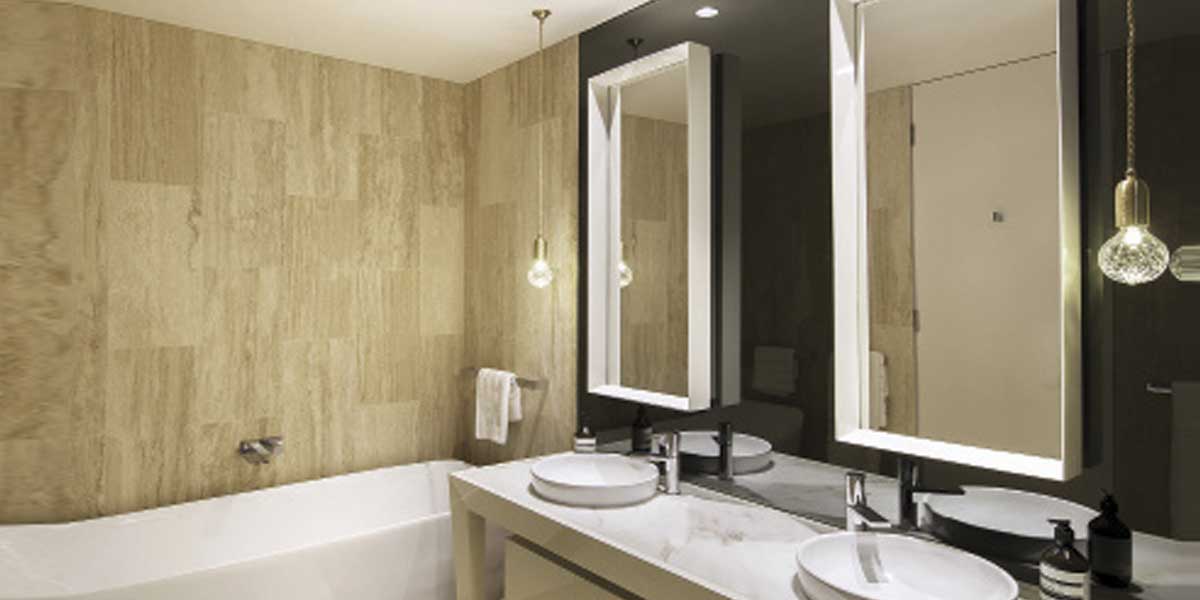

Well designed and correctly filled joints can help extend the service life of ceramic tiling.
Mapei offers a range of products to meet the aforesaid objectives.
Joints are an essential feature of what is defined by many standards as ceramic tiling. They are important for both aesthetic and technical reasons which play a part in achieving the final result. We consider the technical aspects of joints to be the priority because they increase the durability of ceramic tiling by reducing the risk of problems such as detached tiles, cracking and out-of-flatness, all of which have a direct effect on the expected service life of the ceramic covering itself. Well designed and correctly filled joints can help extend the service life of ceramic tiling.
An area of ceramic tiling with no joints has a modulus of elasticity almost the same as a single, large ceramic tile. As a result, the surface will be extremely rigid and be more likely to break or detach from the substrate than an area of tiling with joints, due to dimensional instability in the substrate caused mainly by the hygrometric shrinkage of the substrate, expansion or contraction in the substrate or tiling, the deformability of the installation surface, vibrations, settling, etc.
To summarise, a covering with a lower modulus of elasticity will be better at absorbing these effects and reducing the risk of breakages and/or detachment. It means that joints are very important to safeguard the integrity and durability of ceramic tiling.
(Communication by the management of the company)